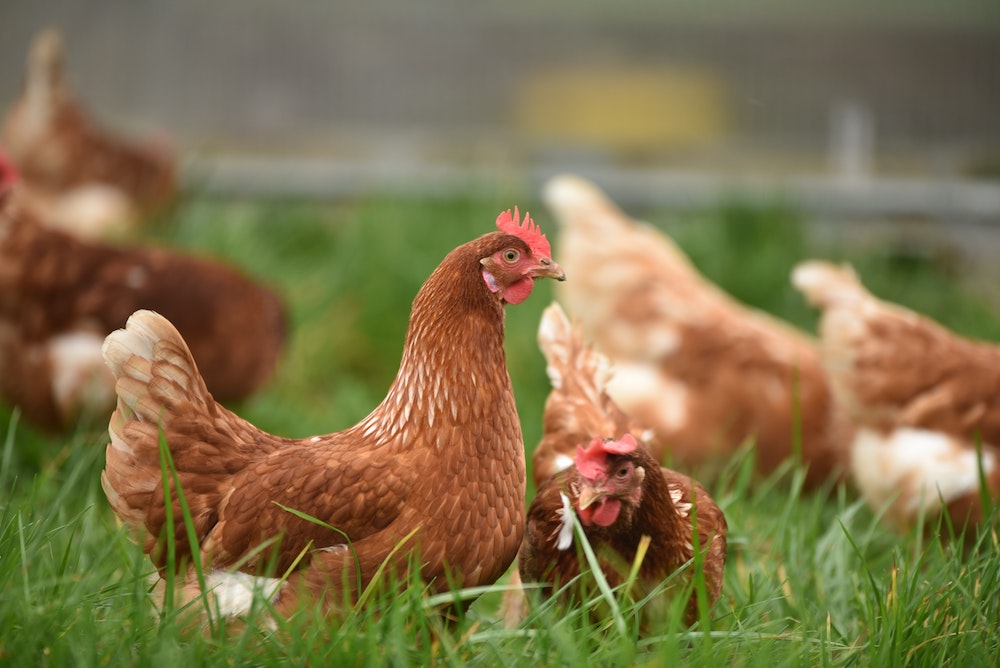
Photo by Steve Hillebrand, USFWS.



Photo by Steve Hillebrand, USFWS.
The Illinois Department of Natural Resources (IDNR) and Illinois Department of Agriculture (IDOA) are working together on advising the public on reports of the H5N1 strain of highly pathogenic avian influenza (HPAI), or Avian Flu, as it may impact both wild and domestic bird species.

IDNR and IDOA received notice from USDA Wildlife Services of the first confirmed case of Avian Flu in a wild bird in Illinois for 2022 when three Canada geese, located in Will County were submitted for sampling on March 2, 2022. The findings were confirmed by the USDA Animal and Plant Health Inspection Services at the National Veterinary Services Laboratory on March 10. Since that time, wild bird mortality from HPAI has been confirmed in Champaign, Fulton, Sangamon, and Will counties with a more recent mortality event of more than 200 birds in Cook County confirmed to be caused from HPAI. Wild birds impacted include waterfowl and waterbird species, as well as some raptors, including bald eagles.
Avian influenza (AI) is caused by an influenza type A virus which can infect poultry (such as chickens, turkeys, pheasants, quail, domestic ducks, geese, and guinea fowl) and wild birds (especially waterfowl). AI viruses are classified by a combination of two groups of proteins: hemagglutinin or “H” proteins, of which there are 16 (H1–H16), and neuraminidase or “N” proteins, of which there are 9 (N1–N9). AI viruses are further classified by their pathogenicity—the ability of a particular virus strain to produce disease in domestic chickens.
Highly pathogenic avian influenza (HPAI) virus strains are extremely infectious, often fatal to chickens, and can spread rapidly from flock-to-flock.
Low pathogenicity avian influenza (LPAI) virus strains occur naturally in wild migratory waterfowl and shorebirds without causing illness. LPAI can infect domestic poultry, creating little or no signs of illness.

Wild bird detections have been occurring throughout early 2022 and many states have also experienced detections in domestic poultry recently. While Illinois has not seen any Avian Flu in commercial poultry within the state this year, two backyard non-poultry producers have been impacted. This coupled with reported wild bird mortalities demonstrates that the virus is present and circulating within the wild bird population in Illinois. Commercial poultry producers in Iowa and other surrounding states have been harder hit.
Anyone observing five or more deceased wild waterfowl, waterbirds, or raptors in one location, or any number of sick or dead bald eagles, should contact their local IDNR district wildlife biologist or USDA Wildlife Services at 1-866-487-3297.

While information is limited on the role songbirds (passerines) play in the spread of HPAI, the IDNR recommends the use of seed/grain bird feeders be halted through May 31 in an effort to help slow the spread. It is unlikely that hummingbird or oriole feeders will contribute to the spread of HPAI given they are more species specific. Further points regarding bird feeding stations include:


Learn more on the Illinois Department of Natural Resources (IDNR) website at https://dnr.illinois.gov.
Find more resources on the Illinois Department of Agriculture (IDOA) website at https://agr.illinois.gov/.
Submit a question for the author